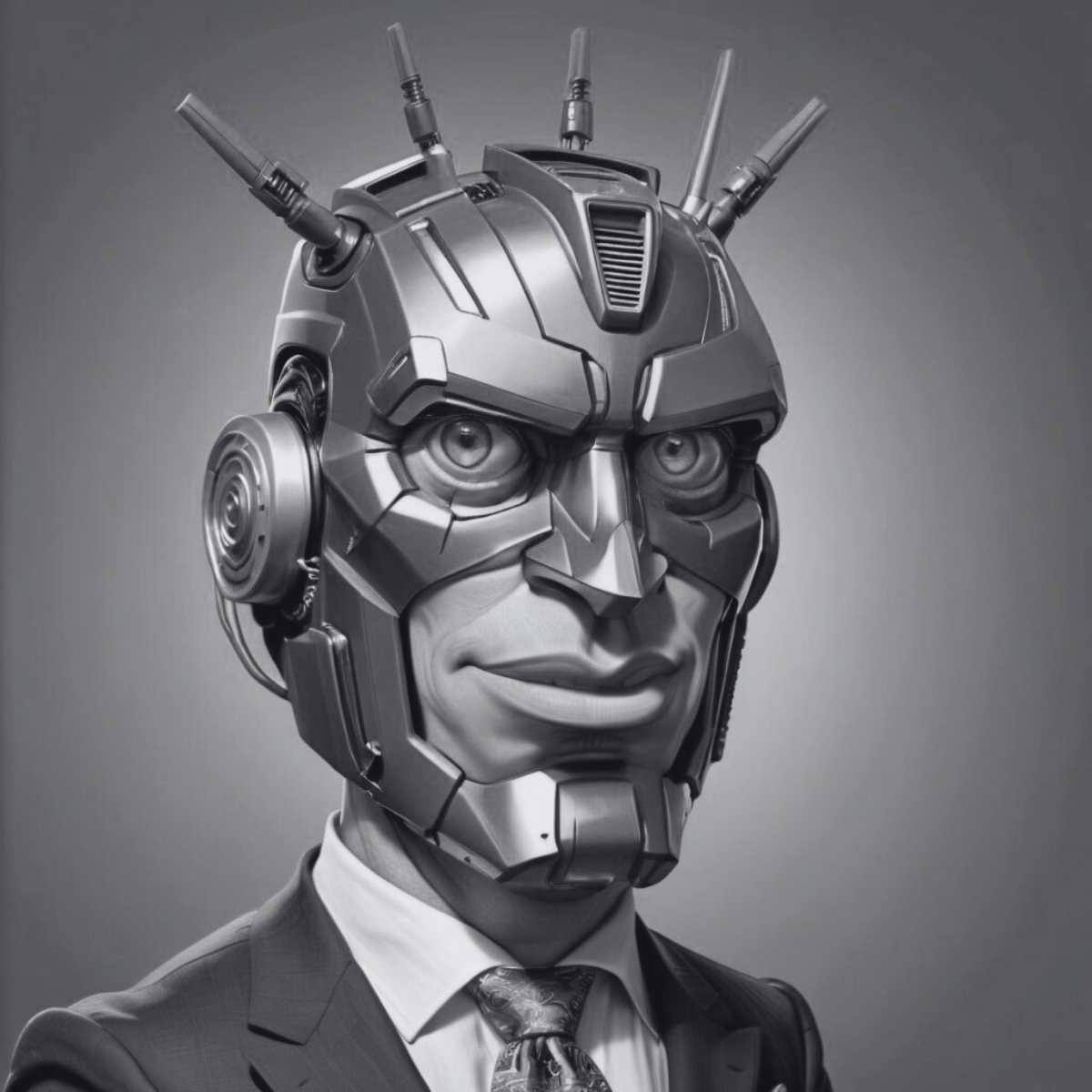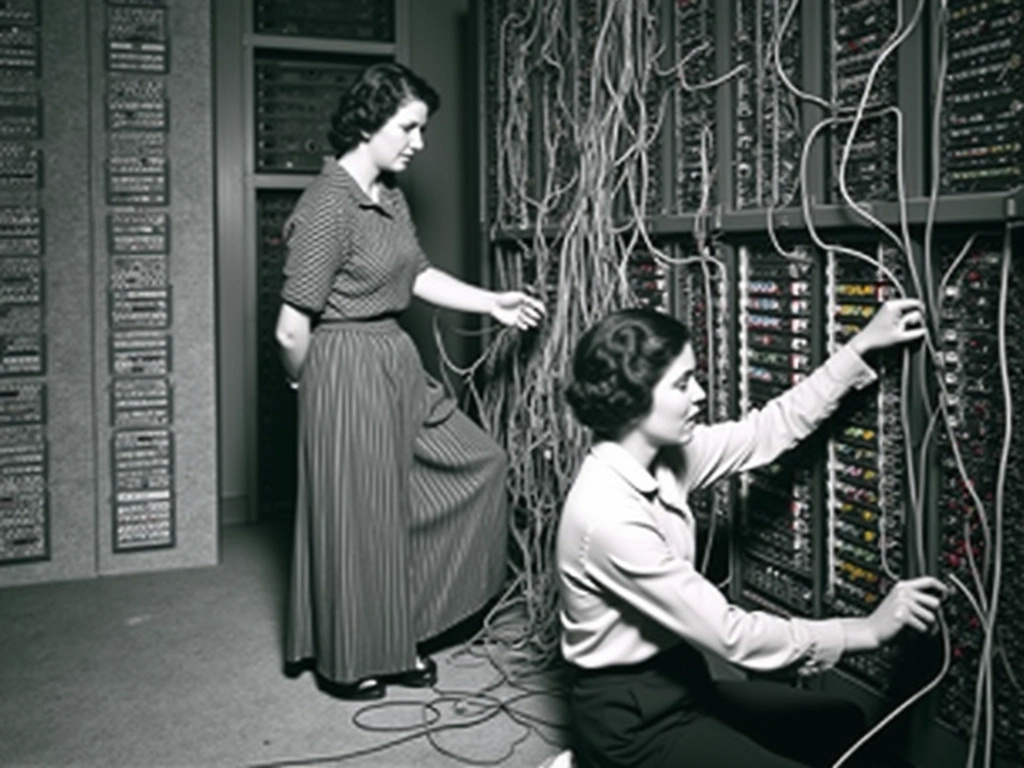.png)
Why is AI a Skill and not a Tool

Why is AI a Skill and not a Tool
Some companies are racing to launch AI pilots. Others are rolling out tools across teams. But the real question few are asking is this: Is your organization actually ready for AI?Not in terms of platforms or integrations. In terms of people.
Because no matter how advanced the technology, it won’t stick if your team doesn’t know how to work with it. If they don’t trust it. If they don’t see where it fits into their role or how it could help them do their job better.
In a recent Swimming with Sharks podcast I did with Anthony Coppedge from IBM, he said it best. You have to change the mindset in order for the behaviour to stick. If you just try and change the behaviour, it will naturally revert back over time.
And that’s the moment we’re in now with employees, leaders and AI. One where talent readiness is emerging as the true differentiator.
Companies that develop internal AI competency will unlock new value, speed, and innovation. The ones that don’t? They’ll stall out and be trapped in cycles of shiny demos and missed potential. You need to look at the company at a whole and rather focus on the people and not the process.
With that in mind, let’s start the journey.
Understanding Organizational AI Readiness
AI competency isn’t a single skill but rather a set of capabilities that must be tailored across the organization. And just like digital transformation demanded IT literacy across all departments, AI demands a higher, more nuanced understanding of machine intelligence, data workflows, and decision-making augmentation.
AI maturity must reflect the competencies of every layer in the business from the boardroom to the service desk. Let’s break it down.
- Leaders must understand how to align AI initiatives with business strategy, evaluate risk, and set the tone for ethical governance.
- Facilitators such as change management professionals and HR need to enable adoption at scale and ensure new practices are integrated into daily operations.
- Subject Matter Experts (SMEs) have to translate domain knowledge into AI-useable formats, identifying areas where machine augmentation adds value.
- Builders, such as your technical teams, need fluency in development, testing, deployment, and iteration cycles of AI systems.
- And finally, Users, the front-line teams, must feel confident working with AI tools in real-time and providing feedback loops that improve them.
But don’t simply look at the roles, but the attitude of your people and really break down how they feel about it. Are they excited? Skeptical? Confused? Ambivalent? These reactions matter, because they influence how change is received, adopted, and ultimately integrated.
Skills Must Match the Mission
Without clearly defined roles, goals, and training, AI projects stall. We’ve seen this before in digital transformation journeys. High hopes, flashy announcements and months later, underwhelming results. Not because the tools didn’t work, but because the teams didn’t know how to work them.
Each group needs to develop specific competencies:
- Leaders need literacy in AI strategy, governance, and ethical implications.
- Facilitators require fluency in change management and cross-team communication.
- SMEs need structured support to convert tacit knowledge into machine-readable formats.
- Builders must deepen their understanding of AI modeling, MLOps, and responsible design.
- Users need confidence and clarity—what the tools do, and how to use them without fear.
Companies need to stop relying on one-size-fits-all training implementation and instead create a tailored enablement for each team, or better, each mindset.
Talent Strategy and Role Evolution
The conversation about AI and talent often gets reduced to automation versus replacement. But that’s the wrong framing. What we’re seeing now is not jobs disappearing but jobs transforming. And this does, naturally, make people nervous. But let’s take a moment to look back at history.
This isn’t the first time that industries and technologies change the job market. As the saying goes, the only thing constant is change itself. There used to be a time when being a blacksmith was a solid career choice. Horse shoes were in high demand and people needed wagon wheel wheels. But with the invention of the automobile, the transportation industry changed. Fewer people became blacksmiths and more people became mechanics.
Steam engine trains went out and electric models came in. Now we have bullet trains using yet another different technology. Every day, every year and every decade, things happen that will shift careers and either evolve them, or cause them to go into decline and other career options to open up.
We’re already watching companies restructure departments around new roles that didn’t exist three years ago: AI operations managers, prompt engineers, knowledge integration specialists. At the same time, long-standing roles are evolving. Marketing teams are using GenAI to scale creative campaigns. Legal departments are deploying AI to scan contracts faster. Customer service agents are shifting from call resolution to journey orchestration.
What matters is mindset. People who embrace change, who experiment, learn, and build, will thrive. Companies must prioritize upskilling and they need to focus training across all functions.
Real Success Stories
Let’s look at real-world examples. IBM, for example, established an internal AI academy to train employees across business units. They expanded their goal to include the tech deployment along with cultural adaptation. The result? Faster adoption, more innovative use cases, and a unified language across departments.
Pfizer developed an AI fluency program that reached everyone from R&D scientists to HR. They realized that the best AI insights often came from people closest to the work, not necessarily from tech teams. This cross-pollination led to more grounded, valuable solutions.
These organizations started with their people and enhanced them, along with enhancing their process with AI.
Where to Begin
Training programs must be role-specific and purpose-driven.Look into doing Executive bootcamps that focus on governance and opportunity. Technical deep-dives for builders is another great opportunity, or communication and facilitation programs for HR and team leaders. Look to incorporate confidence-building workshops for front-line teams.
You don’t need everyone to become an AI expert. You need everyone to become AI-capable.
Leadership Must Set the Pace
Culture follows leadership. If executives treat AI as a “tool for IT,” then adoption will stall at the edges. If they treat it as a strategic capability that touches every function, people will follow and that is when you’ll find real growth.
It needs to be an in-depth understanding that goes beyond “learning how to use ChatGPT.” It’s about learning how to work differently. How to think differently. How to lead through change. If that starts at the top, it will cascade through the organization.
Join the Next AI Training Session with Kevin J Dean
If you’re serious about building real AI capability, not just installing new tools, then let’s talk.
Join me for the next AI training session for leaders, where we break down exactly how to assess your team’s readiness, identify gaps, and build a roadmap for practical, organization-wide adoption.
Reserve your spot now and start turning AI curiosity into business advantage.







